YONSEI HEAL DENTAL CLINIC (연세힐치과의원)
2.9Km 2025-11-24
1st–2nd Floor, Ujangsan Harrington Tower, 231 Gangseo-ro, Gangseo-gu, Seoul
Yonsei Heal Dental Clinic has upheld the values of trust and healing since its founding in 2014. Guided by a patient-centered philosophy, a team of ten specialized doctors works collaboratively to deliver precise and safe treatments using world-class digital systems. With expertise spanning implants, digital restorative care, and laminates, the clinic pursues excellence in both function and aesthetics. Built on integrity and meticulous care, Yonsei Heal Dental restores not only smiles but also the quality of life.
e-Sports Hall of Fame (e스포츠 명예의 전당)
2.9Km 2025-11-17
31 Maebongsan-ro, Mapo-gu, Seoul
The e-Sports Hall of Fame is operated by the Ministry of Culture, Sports and Tourism and the Korea e-Sports Association to exhibit and honor the esports athletes who have made history for their amazing skills, making Korea synonymous with esports. Visitors can see the athletes' uniforms, gaming materials, trophies, and more, as well as try their hand at playing famous esports games firsthand.
Premiumpass International ((주)프리미엄패스 인터내셔널)
3.0Km 2025-10-23
(#501-507, Pine Square Building A), 22 Magokjungang 4-ro, Gangseo-gu, Seoul
Premiumpass International is a global tourism‧MICE service provider that creates new values through distinguished and innovative services.
As a travel agency specializing in medical tourism (aesthetic medicine, health checkups, critical care), we plan, develop, and manage various medical tourism products.
We provide a total one-stop service platform offering safe tours of K-tourism hotspots, specializing in services for individual tourists and luxury tourists.
*Safety Insurance & Care Service (personalized traveler insurance),
*Airport concierge (reception, transfer), travel concierge (city/themed/luxury tour): Concierge Service Officers (CSO) for Incheon Airport and major tour hubs
* Digital concierge services for international visitors to Korea
* SOS service for a safe and comfortable experience for international tourists:
- Personalized care in the event of a safety accident or illness
- Two-way services between online and offline (mobile chat, concierge services)
Courtyard by Marriott Seoul Botanic Park Garden Kitchen (코트야드 메리어트 서울 보타닉 파크 가든키친)
3.0Km 2024-02-15
10 Magokjungang 12-ro, Gangseo-gu, Seoul
Garden Kitchen is a restaurant situated within the Courtyard Marriott Hotel, adjacent to the Seoul Botanic Park. Focusing on Western-style buffet offerings, the restaurant undergoes a monthly conceptual transformation, providing customers with an opportunity to savor new and diverse flavors. Noteworthy items on the buffet include the two-day aged lotus leaf LA galbi, creatively using lotus leaves, and the crispy and savory ziran yang galbi (cumin lamb chops), showcasing lamb ribs with Chinese cumin and breadcrumbs.
Oil Tank Culture Park (문화비축기지)
3.1Km 2024-11-01
87 Jeungsan-ro, Mapo-gu, Seoul
+82-2-376-8410
After being used as an oil tank for 41 years, the tanks were reborn into a culture space. The five tanks were transformed into performance halls, exhibition halls, and a multi-purpose pavilion, while one new tank was built to be used as an information center. In addition, the temporary parking lot turned into a culture yard where visitors can relax as well as enjoy activities or performances.
Sunset Leisure 435 (썬셋레저 435)
3.1Km 2023-07-04
서울특별시 마포구 망원동 205-5
Mangwon Hangang Park is famous for its amenities, and what better than the iconic duck boat to get the most out of Hangang River? Hangang River is a wide river ranging up to 1 - 2km in x_width, so go for a joyride with duck boats on the river. One can also opt for electric boats for a more comfortable experience, depending on one’s preferences and the group size. Duck boats are particularly popular on the weekends and holidays, so it is recommended to place reservations before heading there.
Digital Pavilion (디지털 파빌리온)
3.2Km 2021-02-01
396, World Cup buk-ro, Mapo-gu, Seoul
+82-2-2132-1179
Digital Pavilion is a space for IT companies to market their company and product. I City is a futuristic city that has streets, schools, culture, and lifestyle of the future. In the ICT center, visitors can learn about the fundamentals of ICT in a fun way. In particular, the VR Developing Bed offers many programs, although reservations are required.
Seoul World Cup Stadium (서울월드컵경기장)
3.2Km 2025-03-15
240 World Cup-ro, Mapo-gu, Seoul
+82-2-2128-2000
Seoul World Cup Stadium, constructed for the 2002 World Cup co-hosted by South Korea and Japan, stands as the largest soccer-specific stadium in Korea. Currently serving as the home ground for FC Seoul's K-League , it also hosts matches for the South Korean national soccer team. The vicinity boasts large-scale supermarkets, cinemas, sports centers, and saunas. Nearby attractions include Haneul Park and Pyeonghwa Park.
Olive Young - Homeplus World Cup Branch [Tax Refund Shop] (올리브영 홈플러스월드컵)
3.2Km 2024-04-17
2F Home Plus World Cup Branch, 240, World Cup-ro, Mapo-gu, Seoul
-

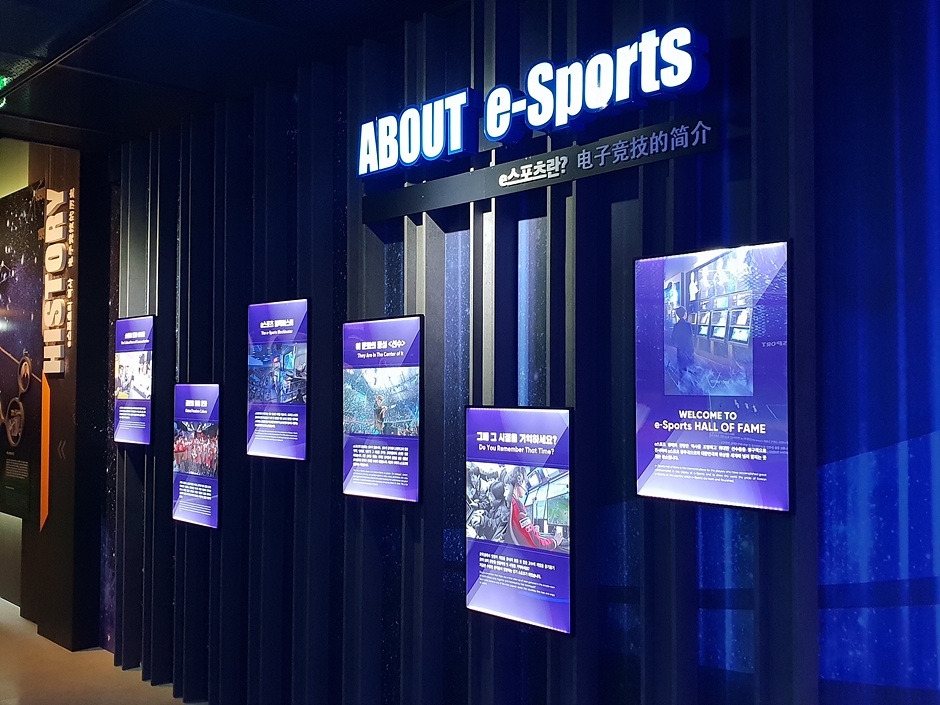
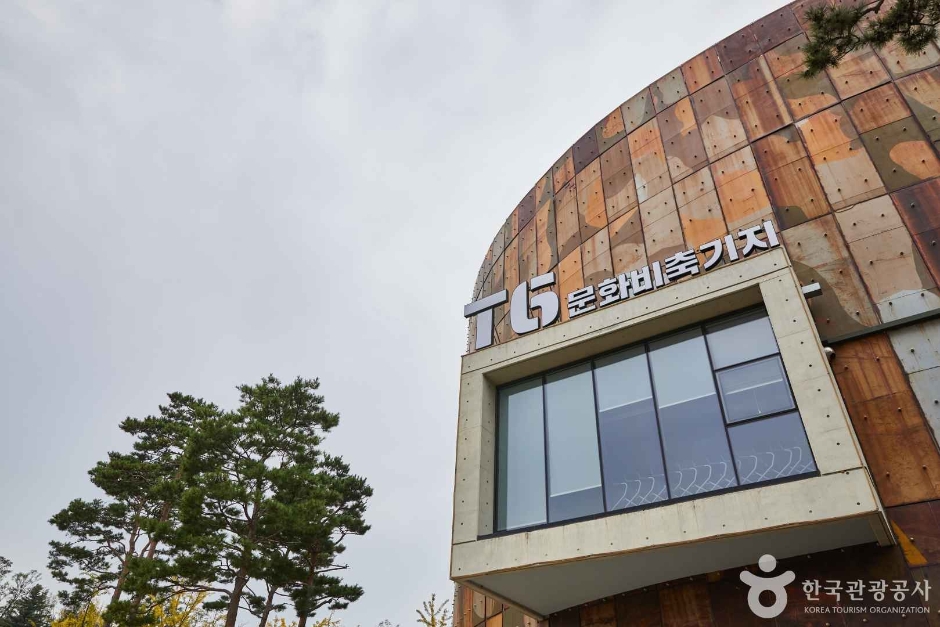
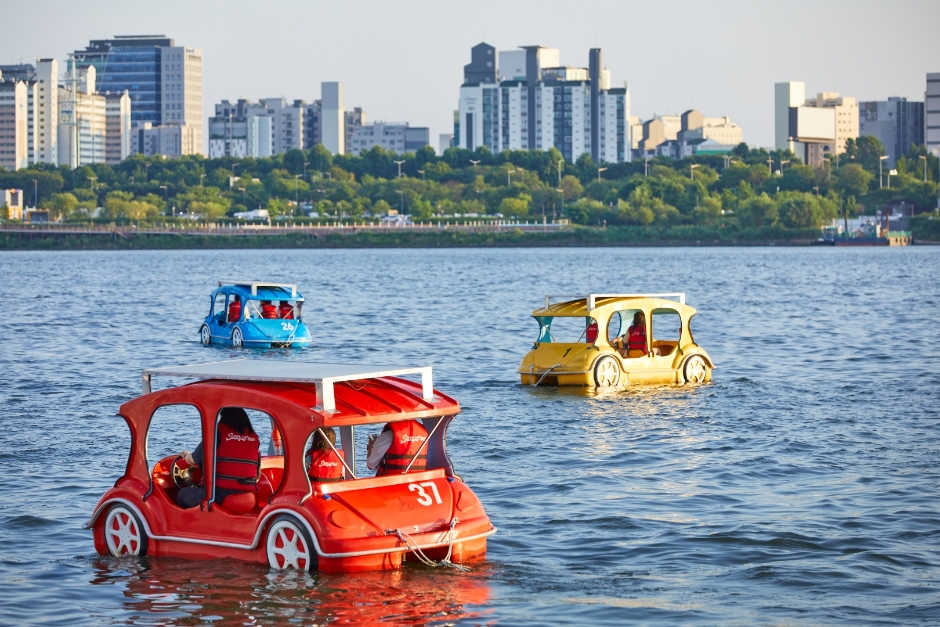
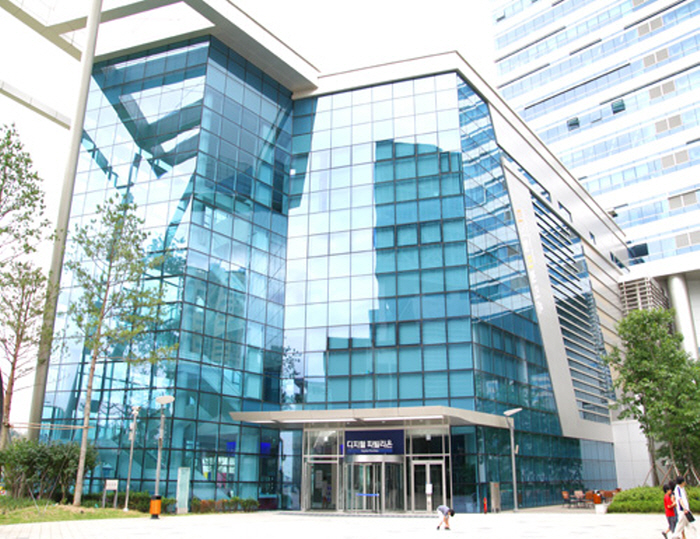
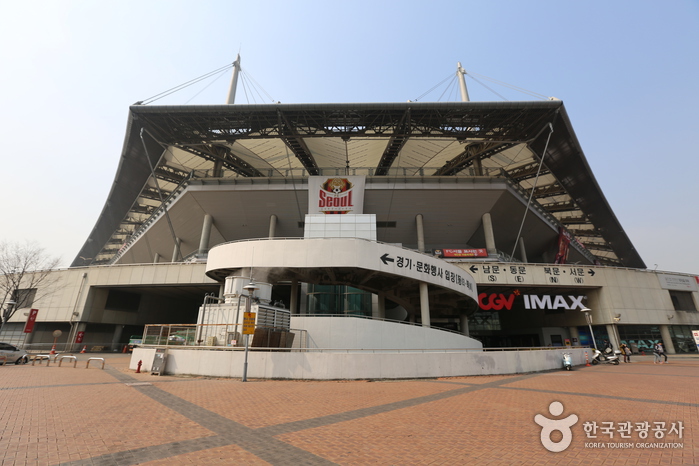
![LG Best Shop [Tax Refund Shop] (LG베스트샵)](http://tong.visitkorea.or.kr/cms/resource/28/2891128_image2_1.jpg)
![Olive Young - Homeplus World Cup Branch [Tax Refund Shop] (올리브영 홈플러스월드컵)](http://tong.visitkorea.or.kr/cms/resource/42/2888042_image2_1.jpg)
 English
English
 한국어
한국어 日本語
日本語 中文(简体)
中文(简体) Deutsch
Deutsch Français
Français Español
Español Русский
Русский